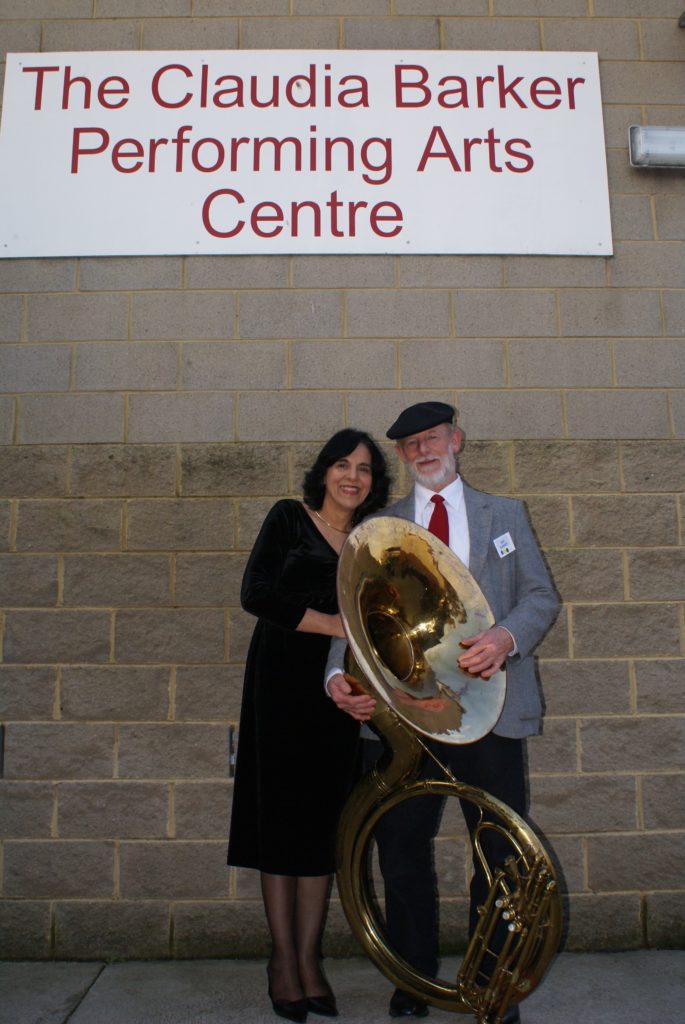“The future of music may not be with music itself, but rather….in the way it makes itself a part of the finer things humanity does and dreams of.” (1)
– Charles Ives
Every year that we teach and conduct we are challenged by the inevitable process of making decisions about the repertoire that we will share and explore with our students. The process is a daunting one because it challenges us to re-examine our values and our depth as music educators and musicians. Selecting repertoire is not about choosing pieces to play; selecting repertoire is about defining a curriculum and our beliefs about what music education should be for our students. Selecting repertoire is also about commitment, exposure, and risk: commitment, because the music that we rehearse and perform defines our values; exposure, because we share this repertoire with our students and eventually with an audience; and risk, because the music we select may not always resonate with what students, parents, and administrators believe to be the purpose of a band program in an academic setting.
The Value System Behind Our Actions
Nearly twenty years ago composer Warren Benson asked an important rhetorical question at an international conference of conductors and teachers. “What was it that brought us to music in the first place?” Warren’s answer has profound implications for our role as music educators.
“It is something in humankind that we find since the beginning of time that compels us to put an engraving on the handle of a knife, a design on the blade of an oar, or a configuration on the exterior of a ceramic pot. It requires that we sing to be born, sing to die, sing to plant, sing to be together, and sing to be alone.” (2)
What Warren was describing is the creative and artistic spirit that is an inherent part of our nature; it is a part of the business of being human. The purpose of music education, therefore, should be to stimulate, nurture, and enhance the creativity, the imagination, and the expressive spirit of our students, qualities that have been a part of their being long before they entered our rehearsal halls or classrooms. Our goal should be to nurture a life-long love affair with music and with the creative process. To accomplish this goal we have to become evangelists for three essential beliefs that should guide our performance curriculum:
- The process of teaching and exploring music is more important than producing concerts or participating in contests and festivals.
- The educational outcomes for our students must be emphasized over the residual entertainment value that is often a high priority of administrators and parents.
- The long-term value of music education in the lives of our students is more important than the short-term rewards.
In addition, we have to diligently remind ourselves, and others, that the quality of our student’s music education is directly related to the quality of the curriculum they study and perform.
The Intersection of Aesthetic Criteria and Personal Taste
Every decision that we make as teachers, musical and extra-musical, is a reflection of our values. In the case of repertoire selection, the critical balance of aesthetic criteria and personal taste defines that value system. While aesthetic criteria may be more easily agreed upon, the issue of personal taste is more illusive to define, yet, may represent the most important component of this delicate musical eco-system.
Aesthetic Criteria
Acton Ostling’s landmark dissertation, An Evaluation of Compositions for Wind Band According to Specific Criteria of Artistic Merit3 (1978) established important guidelines for the critical evaluation of musical compositions:
- The composition has form–not ‘a form’ but form–and reflects a proper balance between repetition and contrast.
- The composition reflects shape and design, and creates the impression of conscious choice and judicious arrangement on the part of the composer.
- The composition reflects craftsmanship in orchestration, demonstrating a proper balance between transparent and tutti scoring, and also between solo and group colors.
- The composition is sufficiently unpredictable to preclude an immediate grasp of its musical meaning.
- The route through which the composition travels in initiating its musical tendencies and probable musical goals is not completely direct and obvious
- The composition is consistent in its quality throughout its length and in its various sections.
- The composition is consistent in its style, reflecting a complete grasp of technical details, clearly conceived ideas, and avoids lapses into trivial, futile, or unsuitable passages.
- The composition reflects ingenuity in its development, given the stylistic context in which it exists.
- The composition is genuine in idiom, and is not pretentious.
- The composition reflects a musical validity that transcends idiom, and is not pretentious.
Good music, therefore, has form with a calculated balance of repetition and contrast that great composers manipulate to create and to break our musical expectations. Predictability is the death of great music and so is music with little variation in orchestration and timbre. Good music is music that can hold the attention of its listeners and can be remembered through the creative use of rhythm, counterpoint, harmonic color, harmonic motion, melodic interest, and unique textures. Good music is also music that can transport us to different emotional landscapes. Great music is music that makes us feel.
Every piece of music considered for programming should be evaluated using these criteria as a general guide. Aesthetic criteria, however, have little meaning without the context of a distinct musical depth and a distinct musical intelligence that we, as musicians and artists, are required to bring to this process of decision-making.
Personal Taste and Musical Depth
Personal taste, musical depth, and musical intelligence are the result of our direct experiences with great art, great music, and great artists. Being an artist in any field is much more than a prescribed level of accomplishment. Being an artist is a way of life, a way of thinking, a way of perceiving and sensing our reality and understanding the entire spectrum of human experiences, from the most grotesque to the most sublime, and from the most tragic to the most trivial. The following questions may help to guide us on this journey of developing musical depth and personal taste:
- Are you in touch with the great musical monuments of our time and the past, from Claudio Monteverdi to Duke Ellington, John Harbison, Joan Tower, or Aaron Kernis?
- Do you attend live concerts of high quality by important ensembles and by important artists?
- Are you knowledgeable about music that does not directly affect your specific level of teaching but may directly affect your depth as a musician, from Johann Sebastian Bach to Libby Larsen, Henryk Gorecki, George Crumb, or Morton Lauridsen?
- Do you know as much about the most important musicians and composers of our time and the past as you know about the music for the ensembles that you conduct?
- Are you current with the repertoire written for your ensemble, knowing about the latest works from the pen of Michael Colgrass for middle school band, or the most recent publications from the BandQuest Series published by the American Composers Forum or the Windependence Series published by Boosey & Hawkes?
- Do you invest in the depth of your listening experience by continually expanding your collection of CDs and DVDs?
- Do you continue to make music an important part of your daily life?
The Publishers Reality and the Power of Choice
Every year 1000 new titles of band music enter the marketplace, yet the financial resources available to purchase music by educational institutions remains relatively static from year to year. Statistically, this means that at least five hundred works from publisher’s catalogues will disappear from the marketplace every year to make room for the next year’s release. Our choices in the market place have an enormous impact upon the quality of repertoire that remains available for purchase.
The publishing industry is like any other business; it is market driven. Our decisions, not publisher’s decisions, ultimately determine what works will remain on the shelf and what works will fall to the wayside. As a profession we are consumed by what is new, often neglecting a body of historical repertoire of artistic merit that our students should explore. It is financially unfeasible for publishers to expand their new music inventory and to continue to publish those works considered to be standards in our repertoire unless there is a market for them. They will sell what we buy.
Regarding what we buy, Warren Benson elegantly expressed the following views in the 1998 WASBE Journal in an article titled “On the Role of Emotion in Music”
“…..I wish I could hear more wind conductors and instrumental teachers using better and larger vocabulary that relate to beauty, aesthetics, to charm, to gentleness, strength and power without rancor or anger, to useful tonal vibrance, live sound, to grace of movement, to stillness, to fervor, to depth of great age, the exultation of great happiness, the feel of millennia, the sweetness and purity of lullabies, the precision of fine watches, the reach into time-space of great love and respect, the care of phrasing, the delicacy of balance, the ease of warmth, the resonance of history, the susurrus of wind in the pines and whisperings in churches, the intimacy of the solo instrument, the kind weight of togetherness, and the rising spirit of creating something, bringing something to life from cold print, living music, moving music.”(4)
The Final Analysis
At some point along the pathway of our teaching, or perhaps on a regular basis, each of us should ask a very personal question: “How many musical souls have been lost on our watch?” Was it because we placed too much emphasis on the product rather than the process? Was it because we placed too much emphasis on entertainment rather than education outcomes for our students? Was it because we placed too much emphasis on short-term rewards rather than the long-term value of nurturing within our students a life-long love affair with music and the creative process? Or was it because the music we selected represented a very narrow spectrum of human experience with insufficient musical depth and intellectual challenge to stimulate the creative impulses and the curious mind of an adolescent or an emerging adult?
The good news is that we have more music to choose from than at any other time in the history of the wind band. We also have more delivery systems and technology, literally at our fingertips, to inform us about what music is available from what publisher, for what grade level, and for how much money. H. Robert Reynolds, Director of Bands Emeritus at the University of Michigan expressed that “when you choose music of depth and substance you chose to reward the publishers and composers who produce quality repertoire, but more importantly, you will reward your students with the gift of a deepening musical aesthetic.”(5)
Selecting repertoire is much more than picking pieces for the next concert. Selecting repertoire is the most important thing that we do as music educators. We enjoy a very special freedom and a very special privilege because we are empowered as music educators to create a meaningful curriculum for our students. With that freedom and privilege comes an enormous responsibility.
Notes
- Charles E. Ives, Memos, ed. By John Kirkpatrick (New York: W.W. Norton & Co, 1972), p.191.
- Keynote address, WASBE conference, Boston, July, 1987.
- University of Michigan, 1978.
- Warren Benson, “On Being Emotionally ‘Moved’ at a Band concert, Journal of the World Association for Symphonic Bands and Ensembles, Volume 5, 1998, p. 40.
- H. Robert Reynolds, “Repertoire Is the Curriculum,” Music Educators Journal, Vol. 87 (July 2000), p. 33.B
 Craig Kirchhoff is professor of conducting at the University of Minnesota. Born and educated in Wisconsin, Mr. Kirchhoff brings to his position a wide knowledge of both traditional and contemporary literature. He has won critical acclaim from composers Warren Benson, Henry Brant, Michael Colgrass, Karel Husa, Libby Larsen, George Perle, Vincent Persichetti, Stephen Paulus, Verne Reynolds, Gunther Schuller, Joseph Schwantner, Steven Stucky, Elliott Schwartz, Chen Yi, and others.
Craig Kirchhoff is professor of conducting at the University of Minnesota. Born and educated in Wisconsin, Mr. Kirchhoff brings to his position a wide knowledge of both traditional and contemporary literature. He has won critical acclaim from composers Warren Benson, Henry Brant, Michael Colgrass, Karel Husa, Libby Larsen, George Perle, Vincent Persichetti, Stephen Paulus, Verne Reynolds, Gunther Schuller, Joseph Schwantner, Steven Stucky, Elliott Schwartz, Chen Yi, and others.
Mr. Kirchhoff is past president of the College Band Directors National Association and is a member of the American Bandmasters Association, the National Band Association, the World Association of Symphonic Bands and Ensembles, and the Music Educators National Conference, and he served as the founding editor and principal advisor of the College Band Directors National Association Journal.
Professor Kirchhoff has appeared as guest conductor, clinician, and lecturer throughout the United States, Australia, Canada, Japan, Taiwan, Europe, and Scandinavia. Mr. Kirchhoff is a frequent guest conductor of the Tokyo Kosei Wind Orchestra and has recorded with them on the Kosei Publishing label.

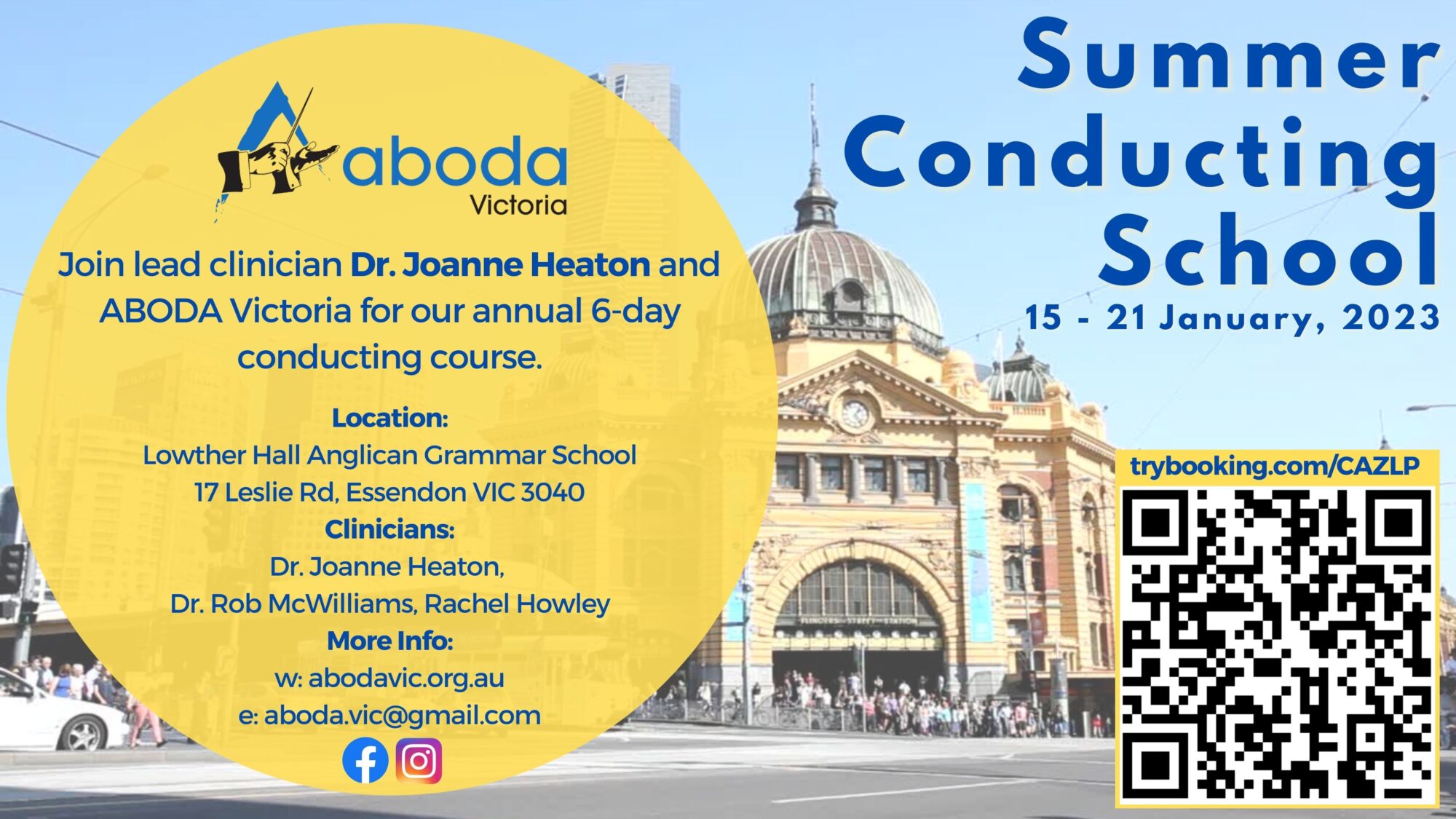

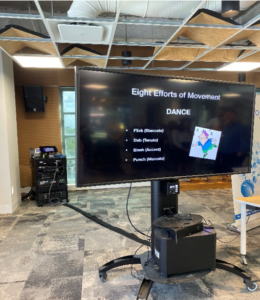
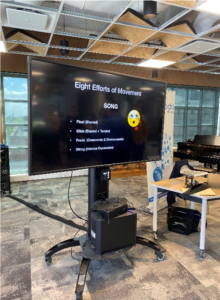
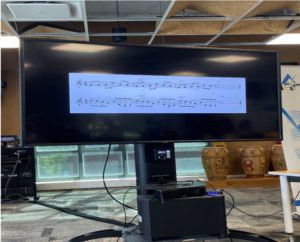

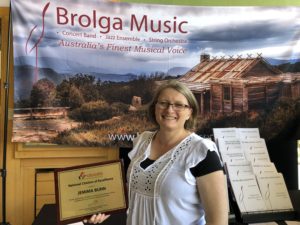 Citation of Excellence
Citation of Excellence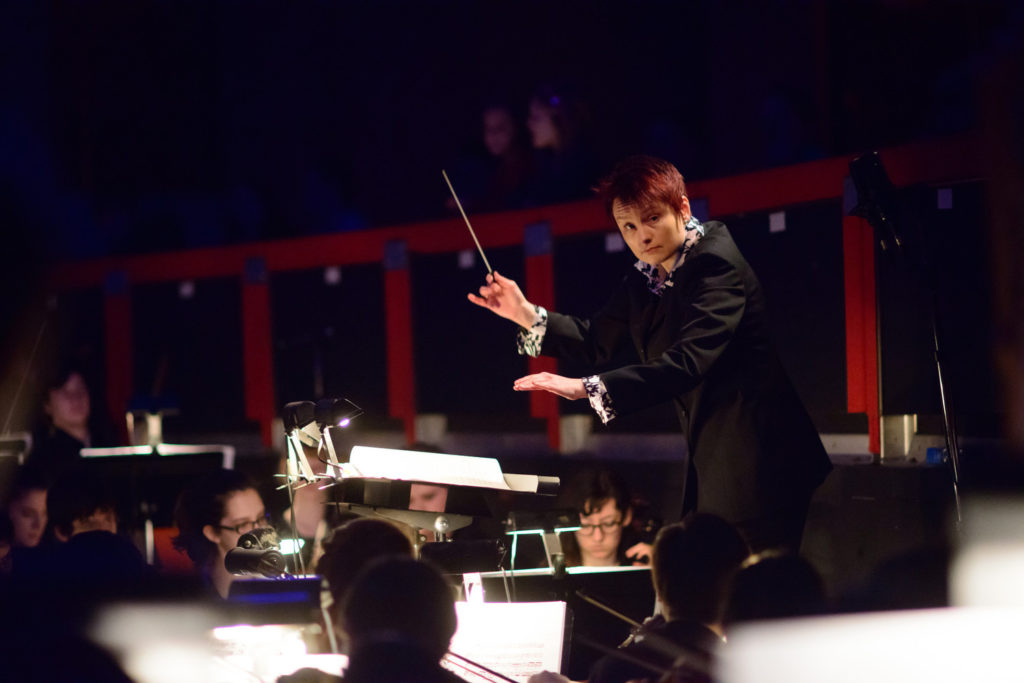
 Monte Mumford holds an international reputation as a conductor, adjudicator and clinician,
Monte Mumford holds an international reputation as a conductor, adjudicator and clinician,  Craig Kirchhoff is professor of conducting at the University of Minnesota. Born and educated in Wisconsin, Mr. Kirchhoff brings to his position a wide knowledge of both traditional and contemporary literature. He has won critical acclaim from composers Warren Benson, Henry Brant, Michael Colgrass, Karel Husa, Libby Larsen, George Perle, Vincent Persichetti, Stephen Paulus, Verne Reynolds, Gunther Schuller, Joseph Schwantner, Steven Stucky, Elliott Schwartz, Chen Yi, and others.
Craig Kirchhoff is professor of conducting at the University of Minnesota. Born and educated in Wisconsin, Mr. Kirchhoff brings to his position a wide knowledge of both traditional and contemporary literature. He has won critical acclaim from composers Warren Benson, Henry Brant, Michael Colgrass, Karel Husa, Libby Larsen, George Perle, Vincent Persichetti, Stephen Paulus, Verne Reynolds, Gunther Schuller, Joseph Schwantner, Steven Stucky, Elliott Schwartz, Chen Yi, and others.